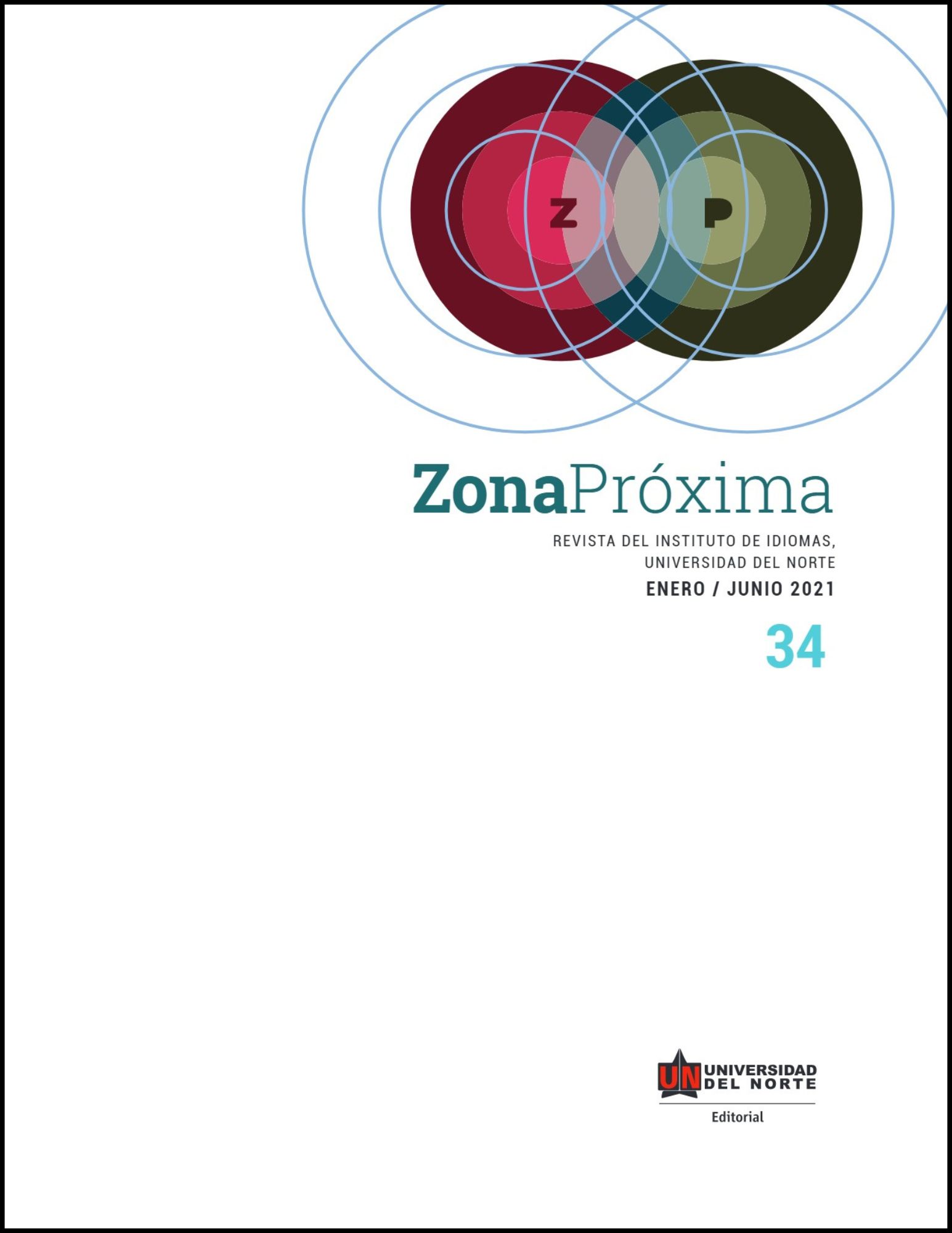Abstract
This work presents the analysis of the normalist student’s reflection processes carried out from the theoretical perspective postulated by Scho?n (1992) through three phases: knowledge in action, reflection in and during action, and reflection on action. The space in which the research practice was carried out was the practicum, which is conceived as a curricular space where the knowledge and skills developed by it are integrated, through the training path of professional practice.
The methodological design was a qualitative and interpretive case study in which the answers to the following questions were sought: how do normal students reflect during the development of the practicum? How is the knowledge that normalista students use in practicum development characterized? How is the reflection made by normalista students in and during the development of the practicum characterized? How are the reflections that normalista students use about the development of the practicum characterized? The instruments used in gathering the information were the field diary, self-reflection guide and video record.
The results made it possible to identify the implicit knowledge, beliefs and theories that normalista students possess; as well as aspects of in situ reflection as components of the reflective exercise in and during the practicum. Reflection was recognized as a continuum that allows the systematization of learning in this process; as well as spaces for innovation and transformation of the practice itself; However, there are pending tasks in this area.
References
Ausubel, D. (1975). Cognitive structure and transfer. How students learn. Institute for Reseach and Development in Post Compulsory Education.
Barquín Ruiz, J. (2001). La tutorización de las prácticas y la socialización del futuro profesorado. Re-vista de Educación, 357, 267-283.
Bourdieu, P. y Wacquant, L. J. D. (1995). Respuestas por una antropología reflexiva. Grijalbo.
Bruner, J. (1997). La educación, puerta de la cultura. Visor.Cohen, D. (1997). Cómo aprenden los niños. SEP/Fondo de Cultura Económica.
Connelly, F. M. y Clandinin, D. J. (1990). Stories of experience and narrative inquiry. Educational researcher, 19(5), 2-14.
Chehaybar y Kuri, E. y Ríos Everardo, M. (1996). La formación docente. Perspectivas teóricas y meto-dológicas. CISE-UNAM.Dewey, J. (1993). Educación comparada. Unesco.
Dewey, J. (2007). Cómo pensamos. Nueva exposición de la relación entre pensamiento y proceso educativo. Paidós.
Domingo, A. (2012). Práctica reflexiva. https://practicareflexiva.pro/que-es-la-practica-reflexiva/Domingo, A. (2013). Práctica reflexiva para docentes: de la reflexión ocasional a la reflexión metodo-lógica. Publicia.
Domingo, A. y Gómez, M. V. (2014). La práctica reflexiva, bases y modelos. Narcea.
Elbaz, F. (1990). Knowledge and Discourse: The Evolution of Research on Teacher Thinking. Ch. Day y P. Denicolo (Eds.), Insights into teachers thinking and practice. The Falmer Press.
Elliot, J. (1991). El cambio educativo desde la investigación-acción. Morata.
González Sanmamed, M. & Fuentes, E.J. (2011). El Practicum en el aprendizaje de la profesión docen-te. Revista de Educación, 354, 47-70.
Hascher, T., Cocard, Y. & Moser, P. (2004). Forget about theory-practice is all? Student teachers ? lear-ning in practicum. Teachers and Teaching: theory and practice,10(6), 623-637.
Imbernón, F. (2008). Perspectivas, enfoques y modelos en la formación inicial del profesorado. Ma-terial de la Estancia Académica Gestión y Dirección de Instituciones formadoras de Docentes.
Korthagen, F. A. (2001). La práctica, la teoría y la persona en formación del profesorado. Revista Interuniversitaria de Formación del Profesorado, 68, (24,2), 88-101 Mardones, J. M. y Ursúa, N. (2001). Filosofía de las ciencias humanas y sociales. Materiales para una fundamentación científica. Anthropos.
Martínez, M. (2008). Aprendizaje servicio y construcción de la ciudadanía activa en la universidad: la dimensión social y cívica de los aprendizajes académicos. Octaedro.
Martínez Bonafé, J. (1988). Trabajar en la escuela. Profesorado y reformas en el umbral del siglo XXI. Miño y Dávila.
Meirieu, P. (2002). Aprender, sí. Pero ¿cómo? Octaedro.Moral, C. (2000). Formación para la profesión docente. Interuniversitaria de Formación del Profeso-rado, 37, 171- 186. Recuperado de: http://www.dialnet.unirioja.es/servlet/fichero_articulo?codigo=118065&orden=64129
Ornellas, C. (2007). La formación permanente del profesorado de secundaria en tecnologías de la información y la comunicación: El caso de cataluña. (Tesis doctoral no publicada). Universidad Autónoma de Barcelona.
Pérez Gómez, A. (1988). Currículum y enseñanza. Málaga.Universidad de Málaga
Perrenoud, P. (2004). Desarrollar la práctica reflexiva en el oficio de enseñar. Graóo.
Ragin, Ch. & Howard, B. (1992). What is a Case? Exploring the Foundations of Social Inquiry. Cam-bridge University Press.
Schön, D. (1992). La formación de profesionales reflexivos. Hacia un nuevo diseño de la enseñanza y el aprendizaje en las profesiones. Paidós.
Secretaría de Educación Pública [SEP] (2012). Lineamientos para la evaluación de los estudiantes en los planes y programas de estudio. El trayecto de práctica profesional: orientaciones para su de-sarrollo. Plan de estudios 2012. DGESPE.
Stenhouse, L. (1987). La investigación como base de la enseñanza. Morata.
Tardif, M. (2004). Los saberes del docente y su desarrollo profesional. Narcea.
Vaillant, D. (2002) Formación de formadores: estado de la práctica, en Cuadernos de PREAL, 25.
Vollmer, M. I. (2004). Nuevas demandas a la educación y a la institución escolar y la profesionaliza-ción de los docentes. Revista Iberoamericana de Educación, 5. OEI. https://rieoei.org/historico/oeivirt/rie05a01.htm
Yanow, D. & H. Tsoukas, H. (2009). What is Reflection-In-Action? A Phenomenological Accountj Journal of Management Studies, 46, 1340-1364. doi:10.1111/j1467-6486.2009.00859.x
Yin, R. (1981). The Case Study Crisis: Some Answers. Administrative Science Quarterly, 26, 58-65.
Zabala Vidiella, A. (2000). La práctica educativa. Cómo enseñar. Grao.
Zabalza Beraza, M. A. (2011). El Prácticum en la formación universitaria: estado de la cuestión. Re-vista de Educación, 354, 21-43.
Zabalza Beraza, M. A. (2009). Prácticum y formación: ¿en qué puede formar el prácticum? En M. Raposo et al. (Coords.), El prácticum más allá del empleo. Formación vs. Training. Actas del X Symposium Internacional sobre Prácticum y prácticas en empresas en la formación universitaria (pp. 45-65). Imprenta Universitaria.Zeichner, K. (1980). Myths and realities: Field-based experiences in preservice teacher education. Jour-nal of Teacher Education, 31(6), 45-55


